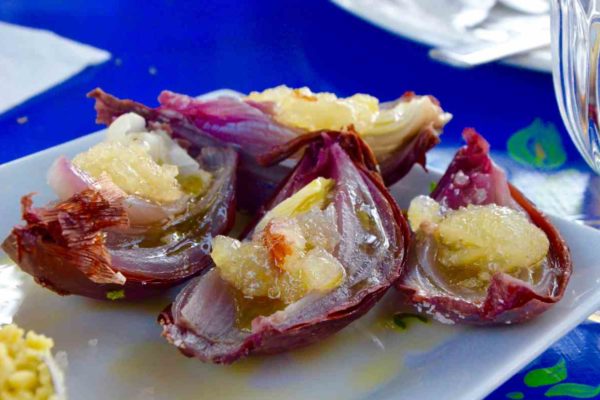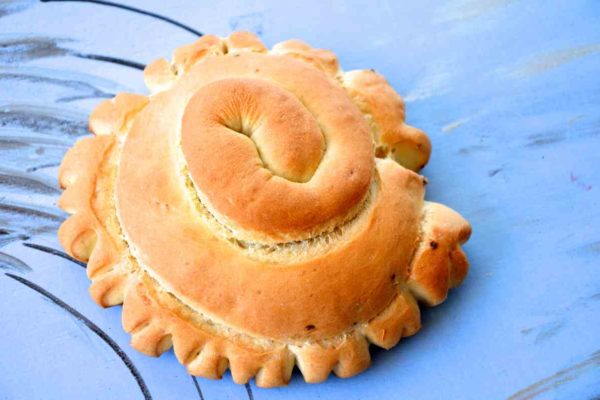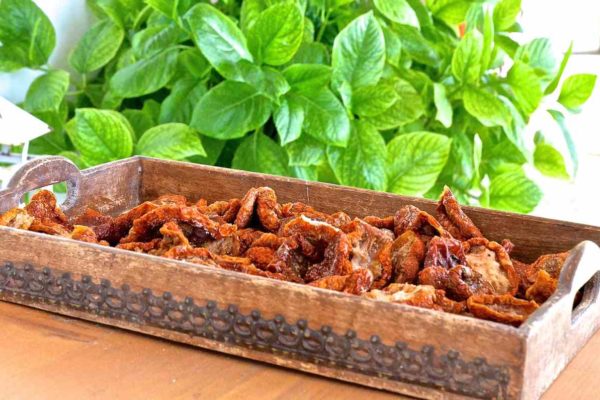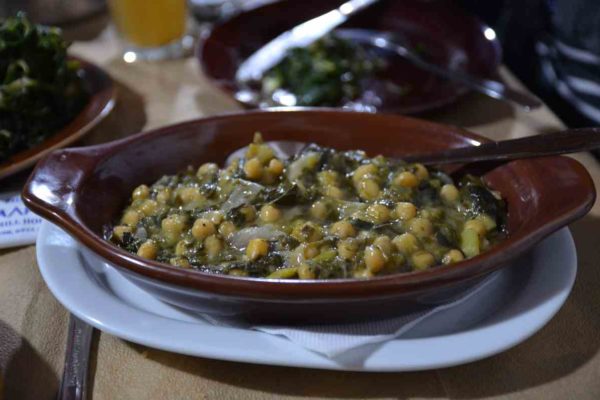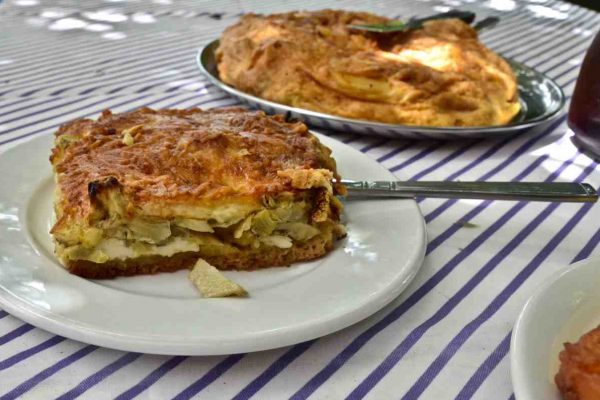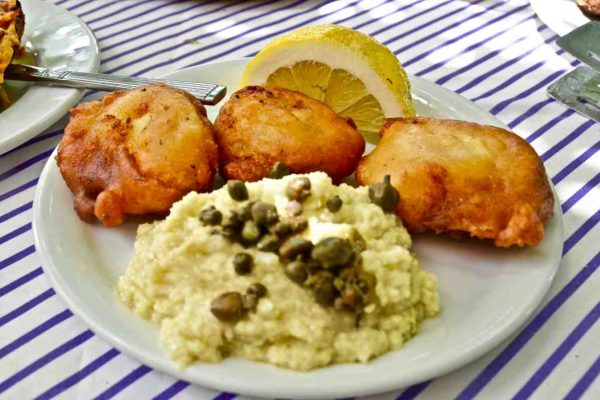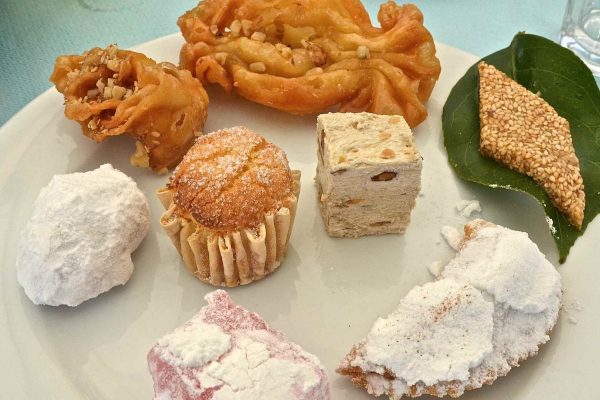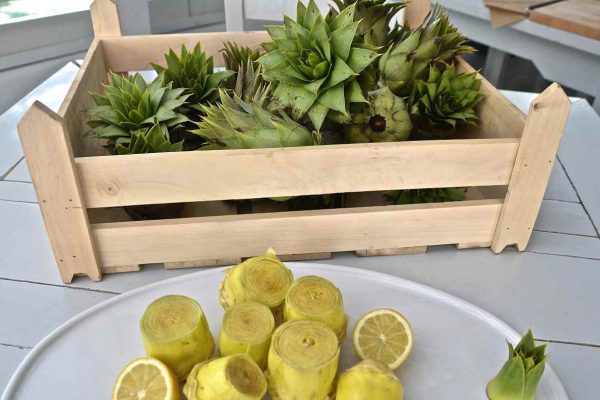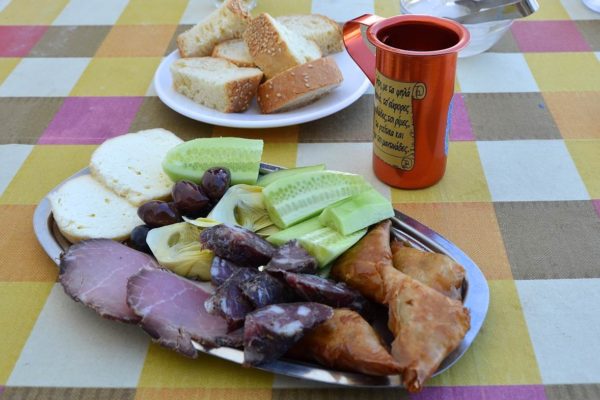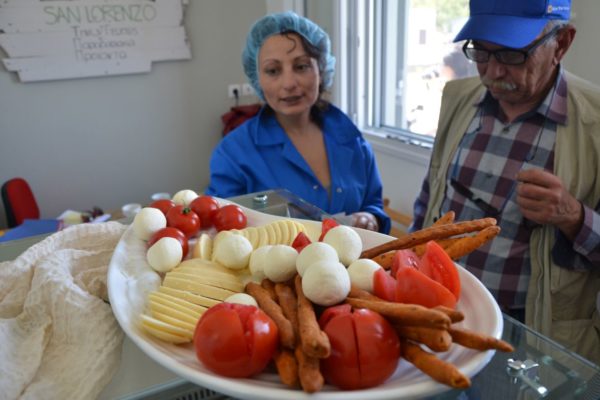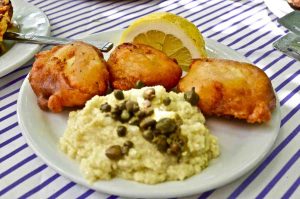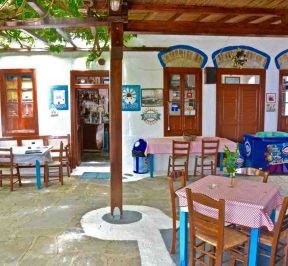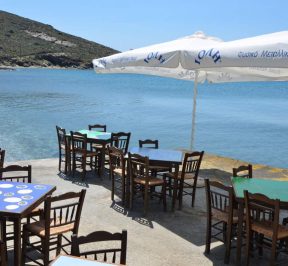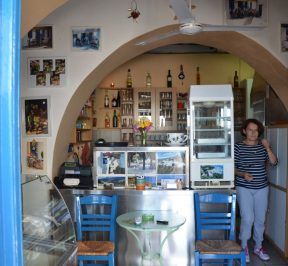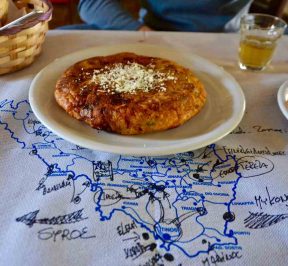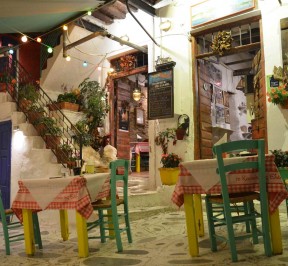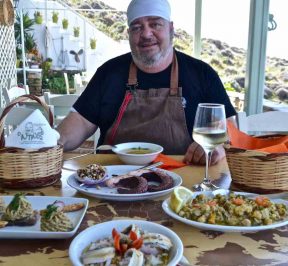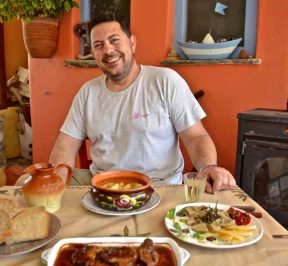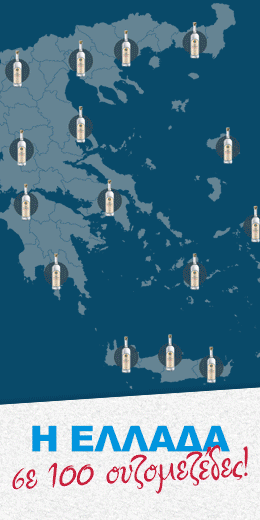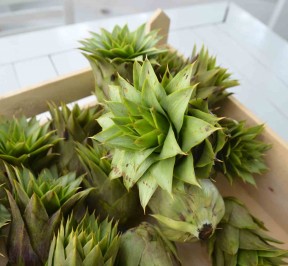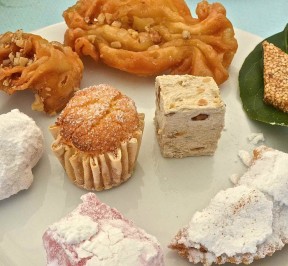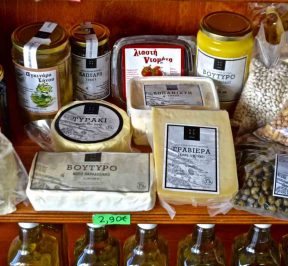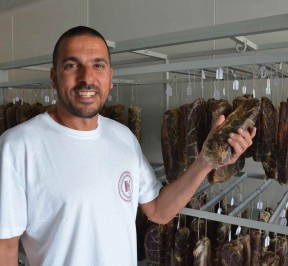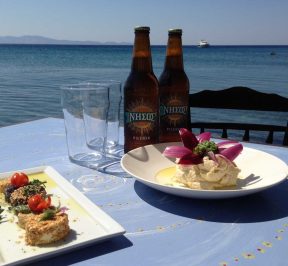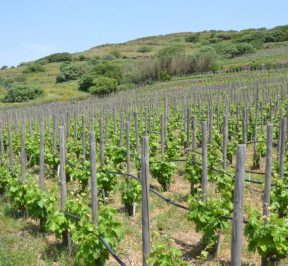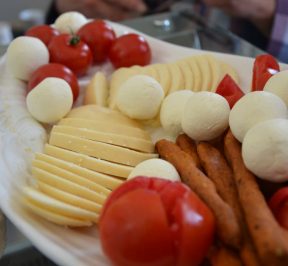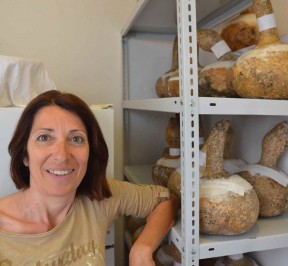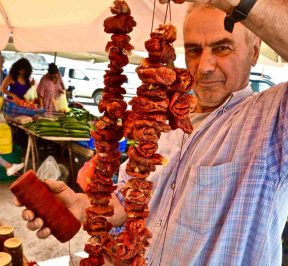Traditional cuisine of Tinos - Tinian cuisine
As soon as one sets foot in its port Of Tinos the first image of the wild, rocky and seemingly barren island is overturned. You only take a few steps until you meet the local popular market, where you are surprised by the number of local products that farmers - depending on the season - carry daily. You come face to face with the island artichokes, fresh fruits, vegetables, capers, dried tomatoes, thyme honey, mushrooms and halibut, herbs (diktaio, thyme, oregano, sage, chamomile and decoctions), prickly pears, while if it is summer you will miss them with the varieties of local figs (kontolata, licorice, aspoudes, crabs, sour figs, basil, maronia) and table grapes.
And a little later, traveling inland you will notice that the steep and steep mountains are domesticated with hundreds of terraces - some cultivated and others unfortunately abandoned -, grazed by herds of cattle, which have been offering their meat, and especially their milk, for centuries. , for the preparation of the typical local cheeses of the island.
Η livestock includes in addition to cow breeding, breeding of sheep and goats, poultry, rabbits and of course pigeons in the famous pigeons of Tinos scattered throughout the island.
Finally, the inhabitants of Tinos, apart from agriculture and animal husbandry, are also involved in fishing, with most fishing boats docked in the safe port of the capital. Fish, squid and seafood are cooked in various ways and sometimes accompanied by the original and spicy sweet and sour sauce "savori".
The traditional cuisine of Tinos includes mainly local products - located at the base of the gastronomy of the island - the main ones of which are the following:
Artichokes of Tinos. In the valley of Komi and Exomburgo, 600.000 pieces of the delicious tight artichoke of Tinos are produced annually. The people of Tinia cook it in multiple variations, mainly the artichoke pie.
Tinos sweets. The sweets of Tinos (tsimpita and other sweets of Tinos), made with the few ingredients of the island, surprise with their originality (macaroons, xerotigana, walnuts, celery pies, pastels, fish, loukoumia, halvades, tsimpita).
Capri of Tinos. The caper is collected from the rocky soil of Tinos, as it is a native plant, then it dries in the sun until it hardens and finally, it is placed in vinegar and salt to get this particularly bitter and full-bodied taste. Many local producers distribute it in small and large packages.
Louza of Tinos. Northern Cycladic sausage made from pork tenderloin, marinated in wine and a mixture of spices, fennel seeds, cinnamon, cloves and thyme, passed to a beef and dried in the North. Served in thin slices.
Tinos Sausage. Pork sausages with a strong taste of wine and fennel. Ideal for local omelets (froutalies).
Malathuni. Small cheese, which dries well in small baskets of vourla.
Thyme honey. The beekeeping in Tinos is highly developed, with the local beekeeping cooperative having 63 members, and a total of 2.800 hives, while the honey produced is mainly thyme.
Sun-dried tomatoes. They are preserved in oil and are used in cooking many times. Local special recipe, the fried sun-dried tomatoes in batter.
Rock: After the whey has drained well, it is worked by hand and placed between two heavy marble flattened slabs to drain even better. This cheese, which is relatively soft, is used to make kopanisti, for cheese pies and patties.
Salcici. Air salami with a strong taste of garlic.
Round. Local spicy cheese in the shape of a ball the size of an orange. It is made of rock, which is kneaded for a long time together with a little salt, to become a solid ball. It is consumed fresh or dried to be grated in spaghetti or in various foods.
Tinos Cheeses. The livestock and cheese tradition of Tinos dates back many years, from the time of the Venetian occupation, in fact in a French book of 1809 it was mentioned that on the island they found a spicy cheese like Roquefort, that is, Kopanisti.
The two important cheeses of Tinos are produced mainly from the milk of the Tinian cow - a rare breed, which comes from the Venetian period - and is mainly the gruyere and thug.
PLACE & HISTORY - TRADITIONAL KITCHEN
TAVERNS - RESTAURANTS - CAFES


